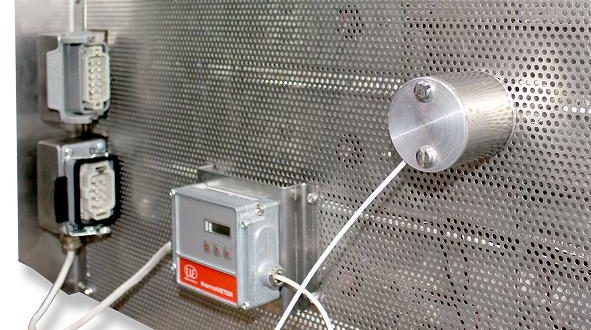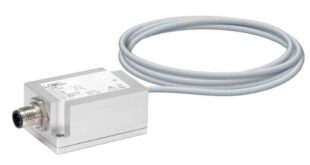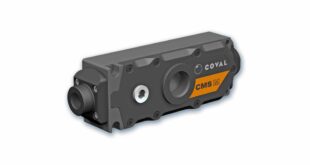Ceramicx in Ireland develops and produces infrared heating elements.
These devices generate infrared radiation in order to heat objects on a non-contact basis. These are used when composite materials or plastics need to be heated without contact as evenly as possible.
When the heating temperature is too high or too low, this can lead to faulty shapes, inconsistent hardening and quality issues later.
Measuring the temperature of the radiation source and the ambient temperature are not sufficient to make clear decisions about the heating behaviour of the target itself.
Therefore, the product temperature must be monitored and analysed, which is why Ceramicx uses IR temperatures sensors from Micro-Epsilon.
The measurement values provided allow conclusions to be made about the state of the finished product and help to control the heating system.
thermoMETER CT sensors
The thermoMETER CT sensors with external controller from Micro-Epsilon can be firmly installed into the heating systems during production.
The compact and robust design makes space-saving installation possible.
The sensor head is robust against high temperatures allowing the sensors to be fixed on the heating element looking directly at the object to be heated.
The measurement is performed on a non-contact basis as direct surface contact via temperature probes would damage the component.
The infrared elements equipped with Micro-Epsilon sensors offer precise and repeatable process control of the end products.
Therefore, the reject rate can be minimised while the controlled temperature regulation has a positive effect on energy consumption.
System design: a. Sensor: thermoMETER CT-SF15.b. Focus: Standard Focus 15:1.c. Integrated one-metre cable.
Advantages: a. High temperature resistance of the CT sensor head. b. Flexible, analogue output options and parallel digital output. c. Precise and repeatable process control and monitoring of the object to be heated. d. Improved energy use with efficient temperature control.
The thermoMETER CT sensors have a temperature measuring range of -50°C to +600°C, response time is 120ms and can operate in high ambient temperatures up to +180°C.
 Engineer News Network The ultimate online news and information resource for today’s engineer
Engineer News Network The ultimate online news and information resource for today’s engineer






